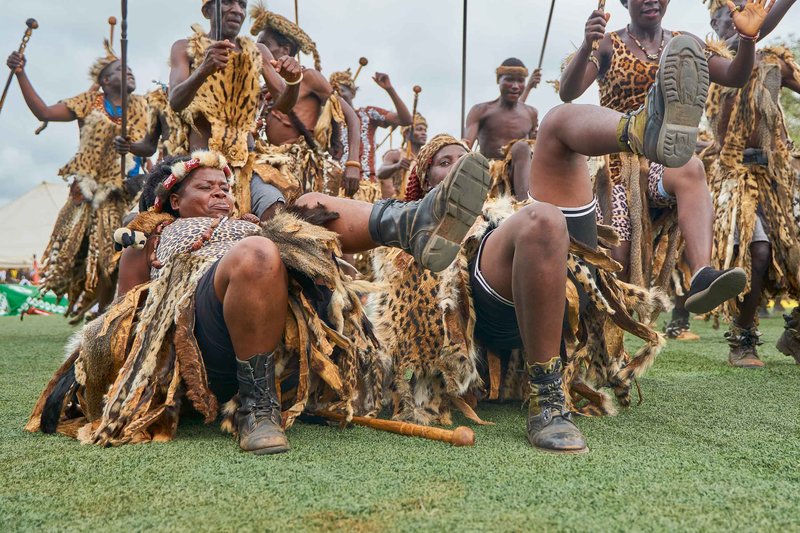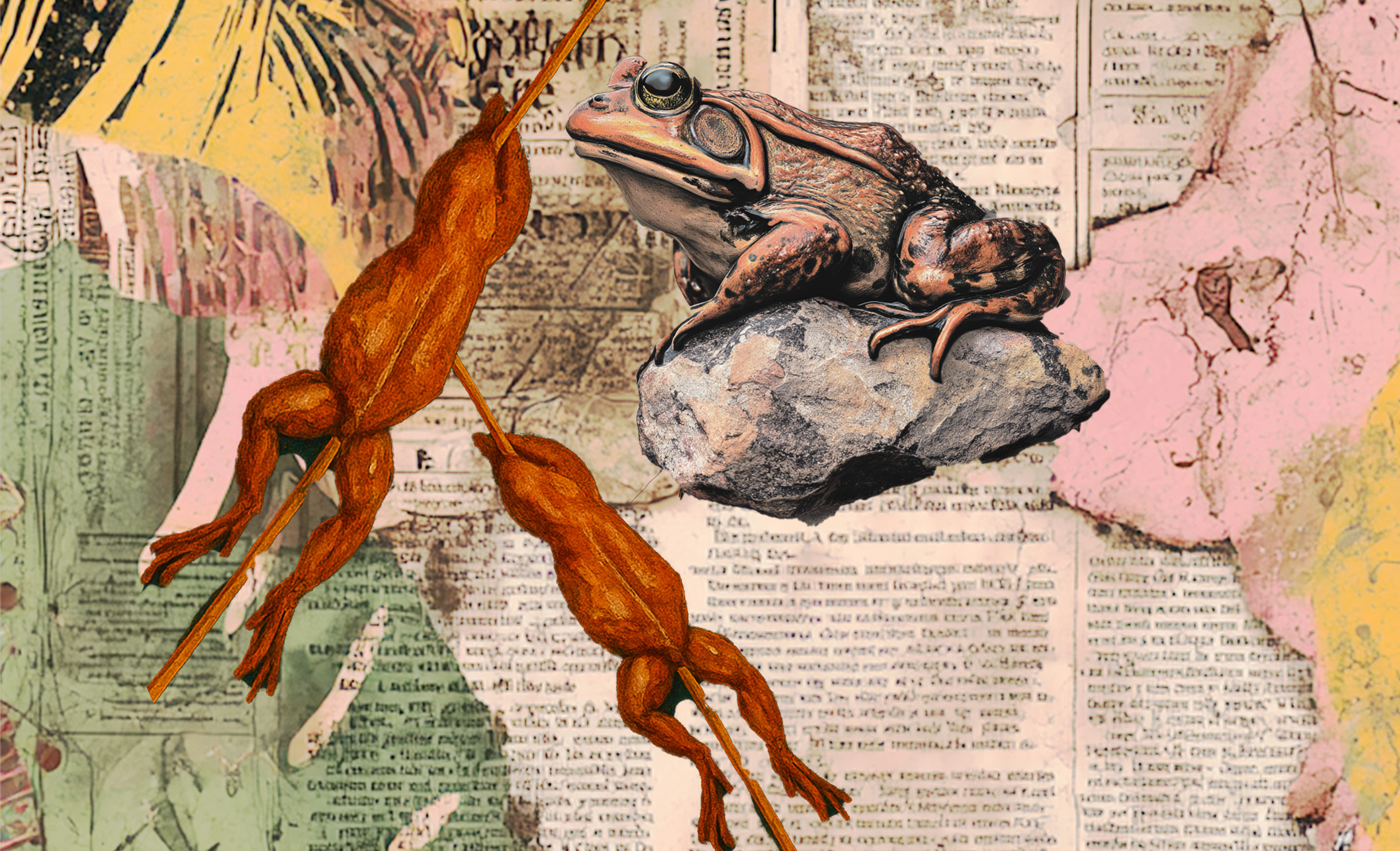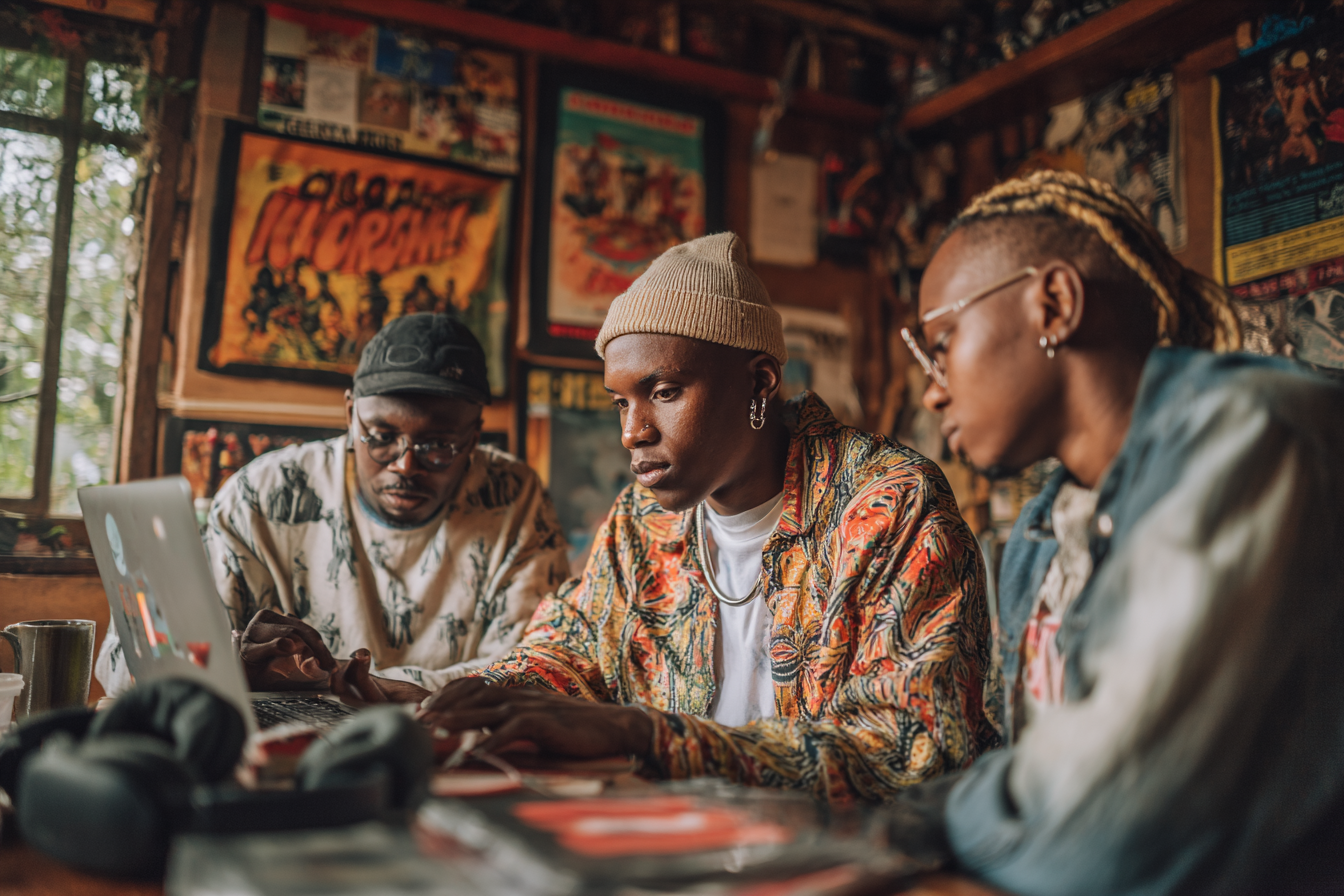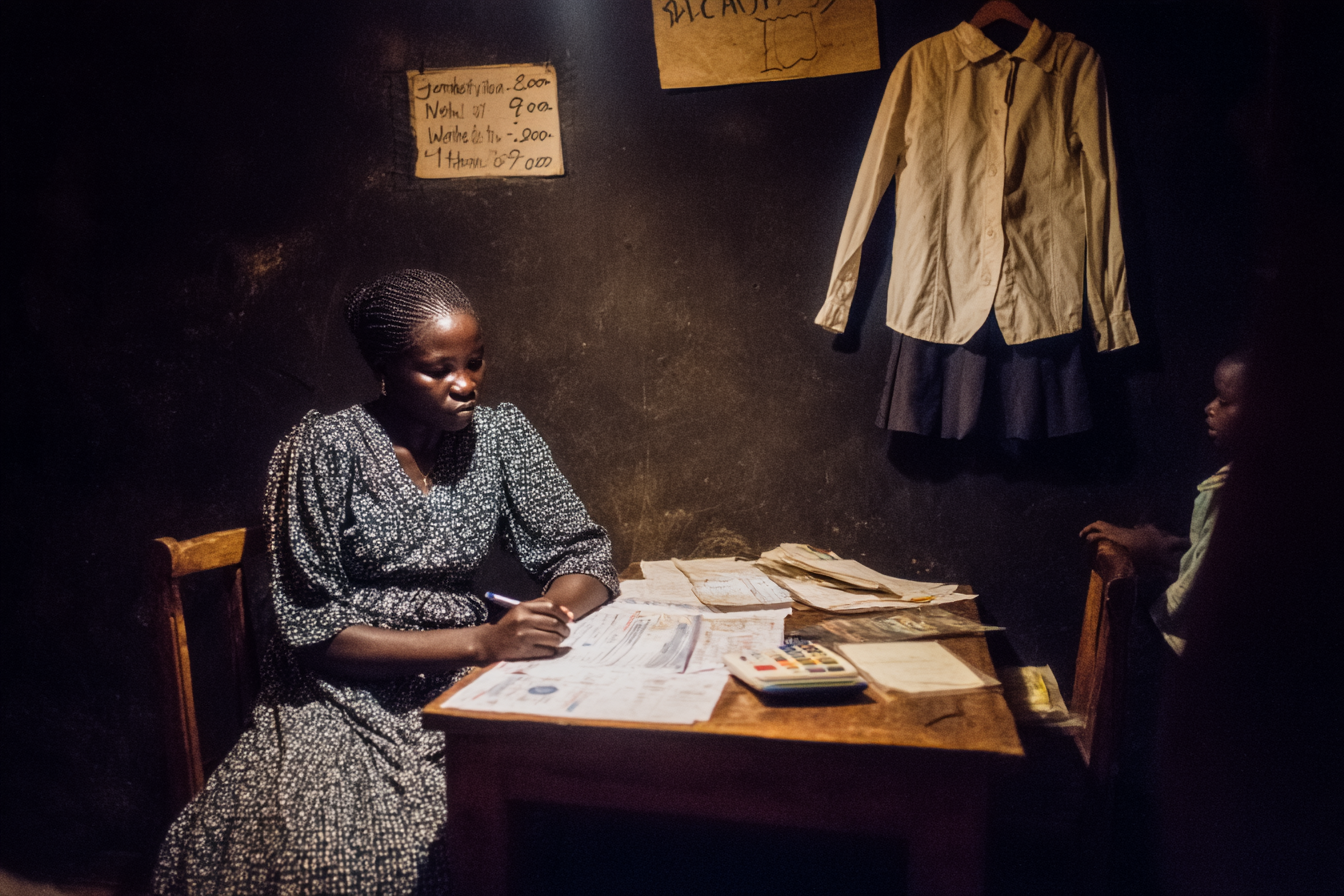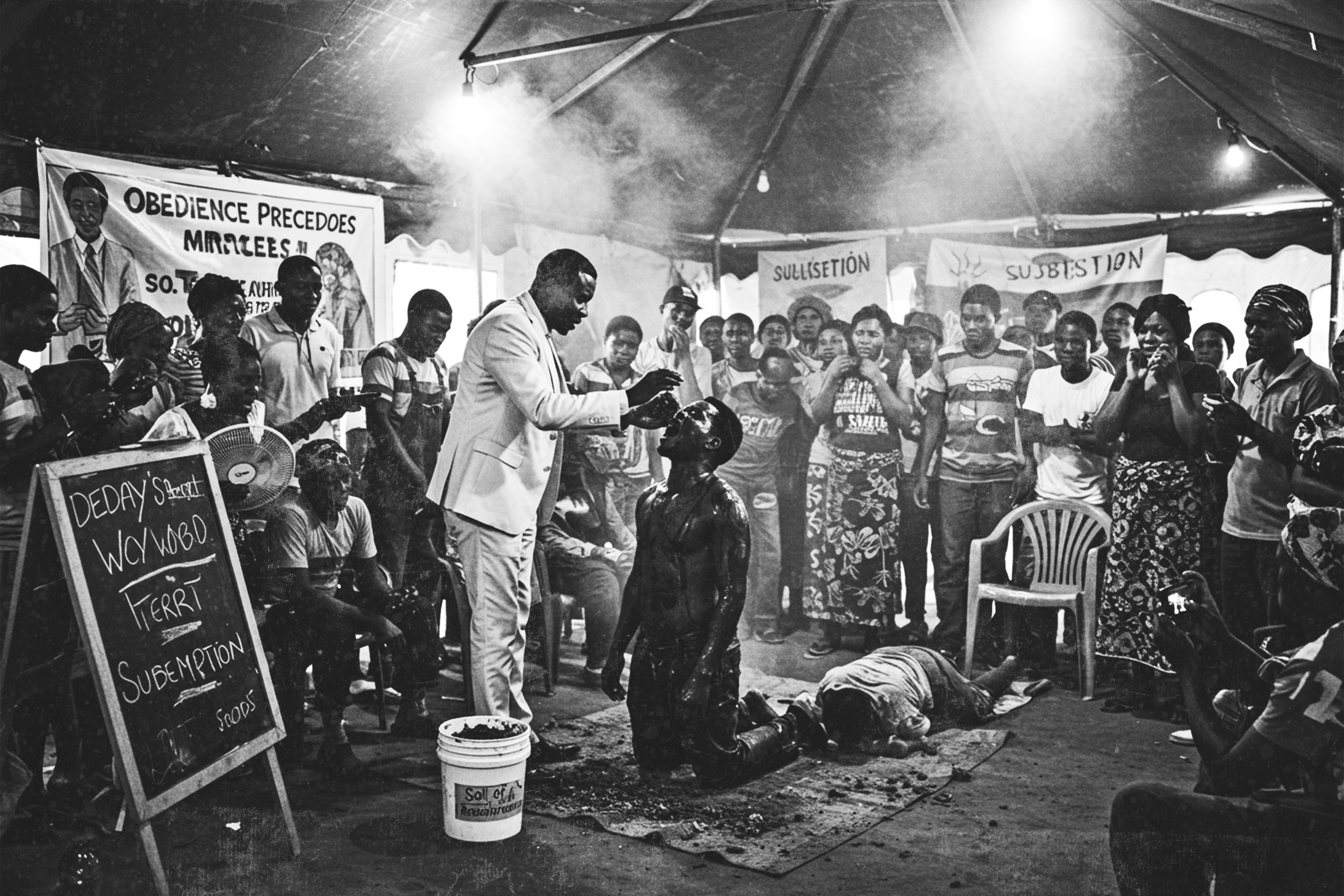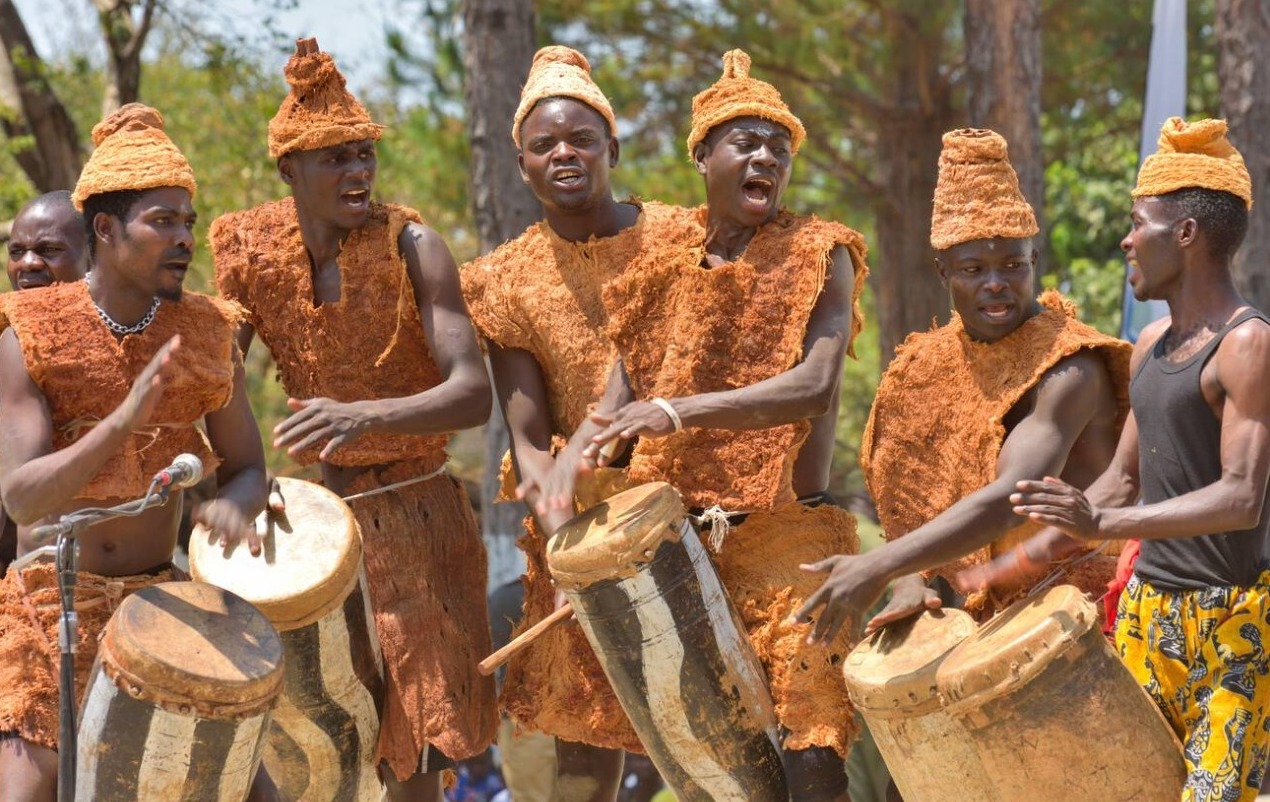Do you know Zambia? Think again. Beyond its stunning landscapes lies a cultural heartbeat through traditional ceremonies like Nc’wala’s warrior dances and Likumbi Lya Mize’s mystical Makishi masks.
If you thought you had a good grasp of Zambia’s cultural tapestry, diving into its traditional ceremonies will prove an eye-opener. With over 70 ethnic groups, the nation is a mosaic of customs, traditions, and heritage. Let us take a deep dive into some of Zambia’s most captivating traditional ceremonies, like the Nc’wala and Likumbi Lya Mize. These events are not mere spectacles; they are profound expressions of the country’s heritage, each with its unique rituals and significance.
Nc’wala Ceremony: Celebrating the First Fruits
Proud Ngoni’s love February, not for its famous reputation for Valentine’s, but for the electric excitement that builds up throughout the month in anticipation of Nc’wala. From people dressed in Umqhele(headbands made of goat or bull fur) to the journey that leads to where the sun sets, Chipata Province, everything about this time is exhilarating.
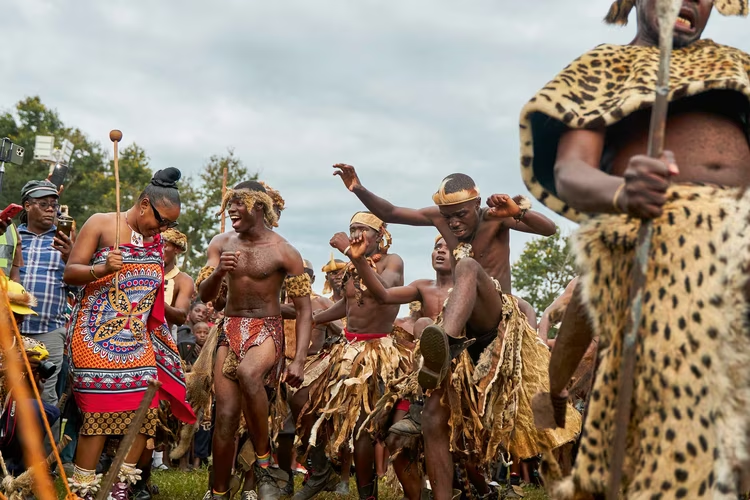
Every year, on the last Saturday of February, the Ngoni people of Eastern Province gather at Mtenguleni Village in Chipata to celebrate the Nc’wala Ceremony. This festival is a thanksgiving event, where the Ngoni offer gratitude for the first harvest of the year.
The ceremony is a feast for the senses. Warriors, adorned in traditional animal skins and wielding spears and shields, perform energetic dances that echo the martial traditions of their ancestors. The air is filled with the rhythmic beats of drums and the ululations of women, creating an electrifying atmosphere. One of the most striking moments is when the Paramount Chief, Mpezeni IV, partakes in the tasting of the new harvest, symbolising the community’s collective gratitude and hope for prosperity.
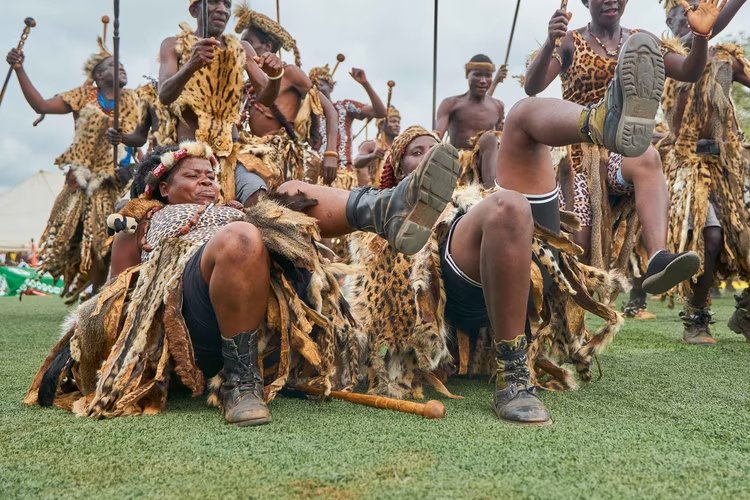
Visitors are warmly welcomed but are advised to dress modestly and approach the rituals with respect. Photography is permitted, but it’s courteous to seek permission before capturing personal moments. And most importantly, be ready to dance.
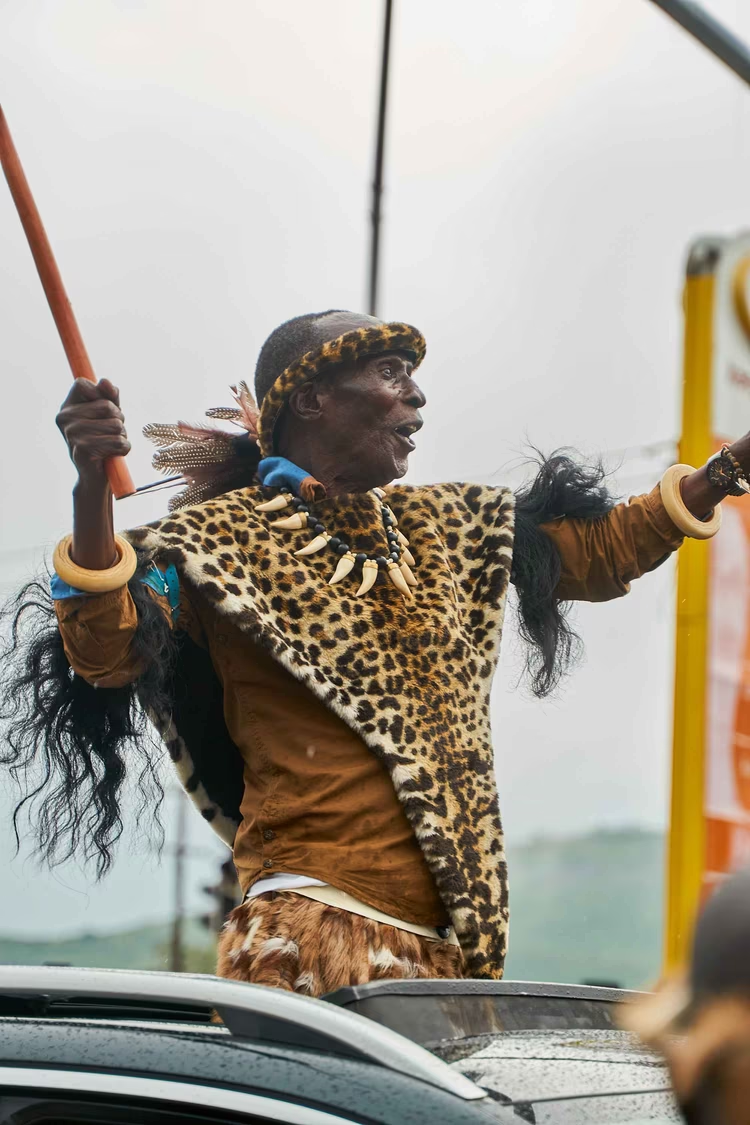
Likumbi Lya Mize: The Mystical Makishi Dances
Now, here’s a gem that even some Zambians might not be familiar with; the Likumbi Lya Mize ceremony of the Luvale people in Zambezi District. recognised by UNESCO as a “Masterpiece of the Oral and Intangible Heritage of Humanity”. This ceremony is a profound cultural expression that captivates all who witness it.
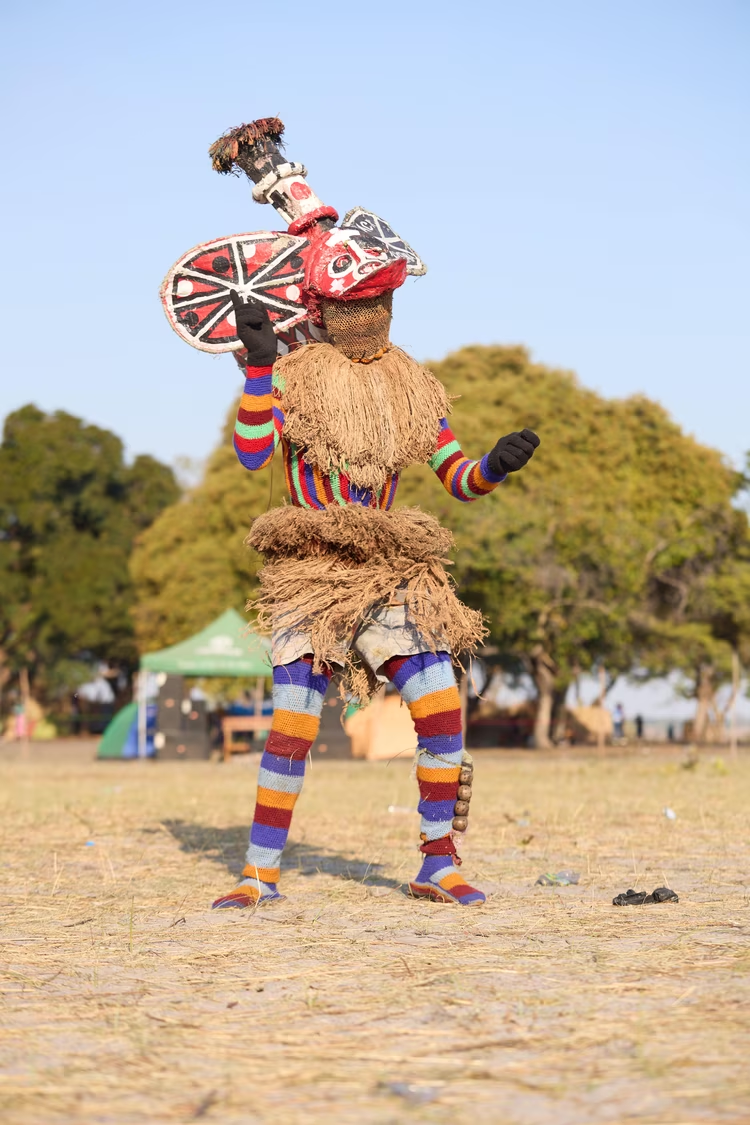
Central to the Likumbi Lya Mize are the Makishi dancers, masked figures representing ancestral spirits. These dancers emerge after a period of seclusion, during which boys undergo initiation rites into adulthood. The Makishi performances are not mere entertainment; they are deeply symbolic, conveying stories, morals, and the values of the Luvale people. An initial glimpse of these dancers may be frightening, but it’s important to understand that these are representations of the spirit world of warriors assigned to protect their people. However, they are harmless and will agree to take a picture if asked.

The ceremony takes place in August, offering a unique glimpse into the spiritual and communal life of the Luvale. Visitors should approach with an open heart and mind, ready to experience a tradition that has been meticulously preserved over generations. Brace yourself, though- it’s a long journey there. But the views? Nothing you’ve ever seen before.

Embracing Zambia’s Cultural Wealth
Exploring these ceremonies has deepened Zambians' appreciation for Zambia’s rich cultural heritage. Each event is a testament to the resilience, creativity, and spirituality of our people. They remind us of where we’ve come from and the values that bind us together as a nation.
For those eager to experience these traditions firsthand, here are some tips:
- Plan Ahead: Dates can vary based on traditional calendars and environmental factors. Confirm specifics before making travel plans.
- Respect Local Customs: Dress modestly, seek permission before taking photographs, and always approach rituals with reverence.
- Engage with the Community: Take the time to learn from locals, participate where appropriate, and embrace the immersive experience. Remember, your role is not to question practices that have been done for many years.
Zambia’s traditional ceremonies are more than just events; they are narratives woven into the fabric of our nation's identity. Whether you’re a fellow Zambian or a visitor, immersing yourself in these cultural celebrations is an enriching journey that offers profound insights into the soul of our nation. Make sure you add them to your bucket list.
